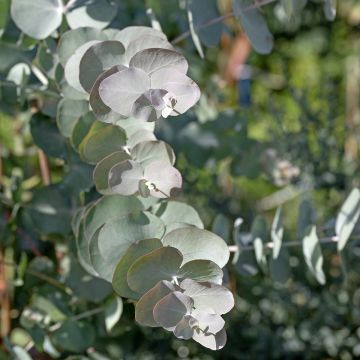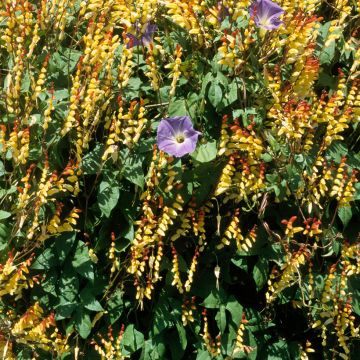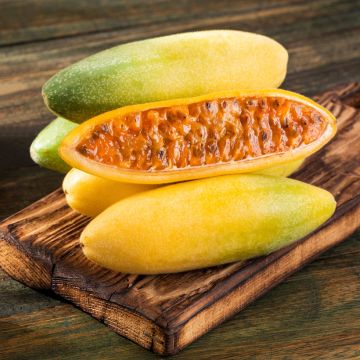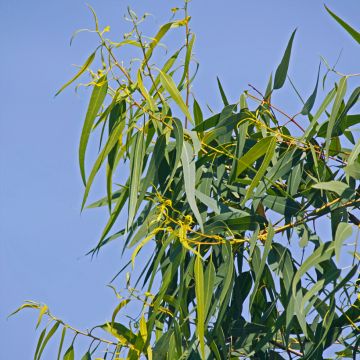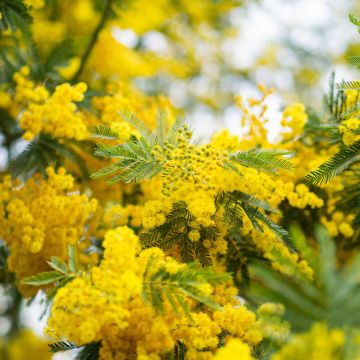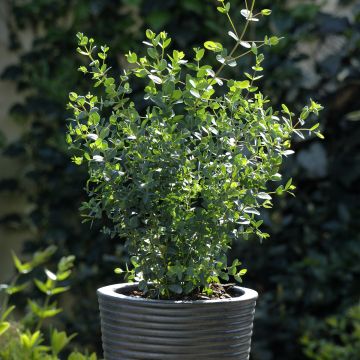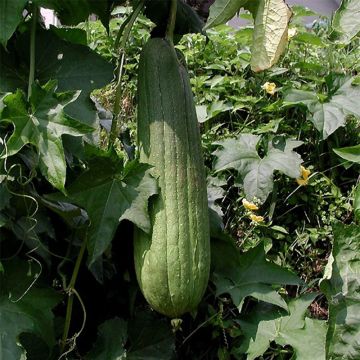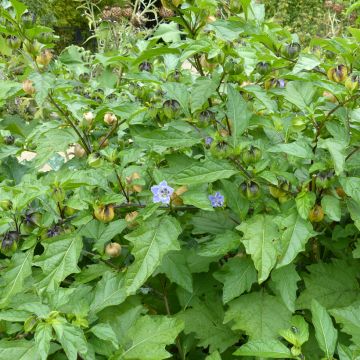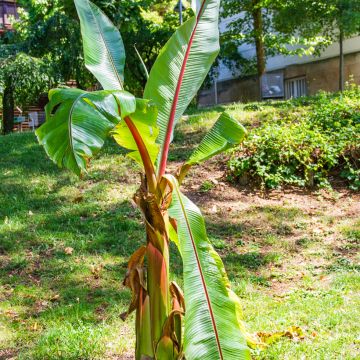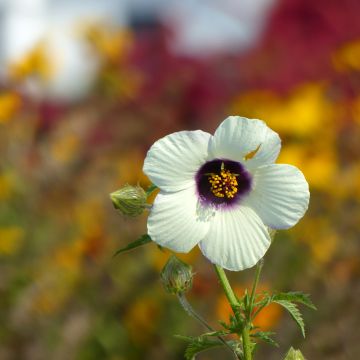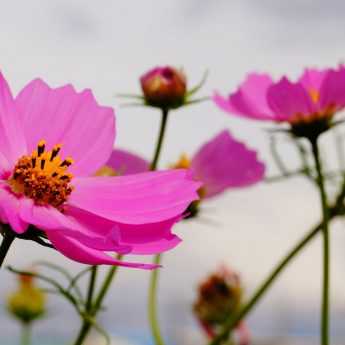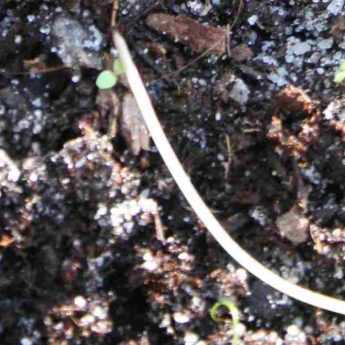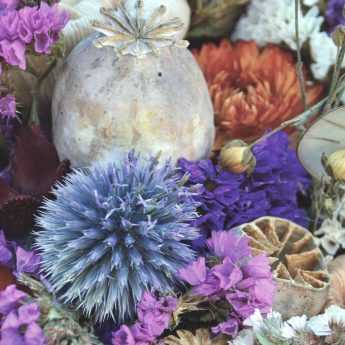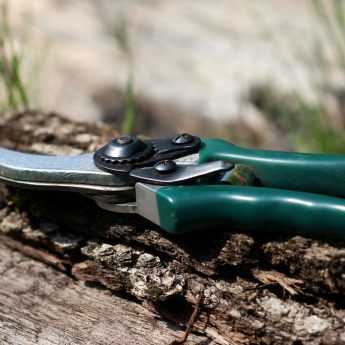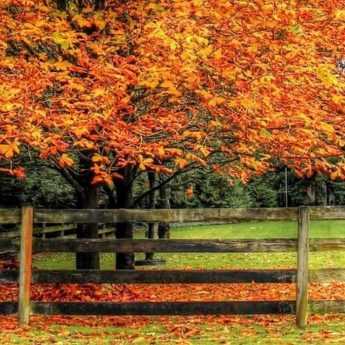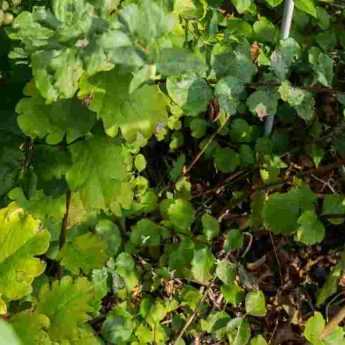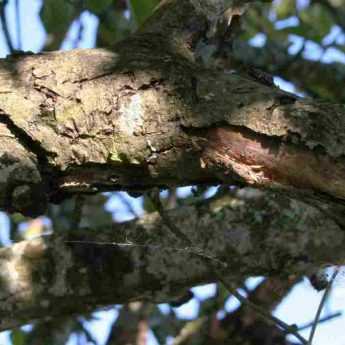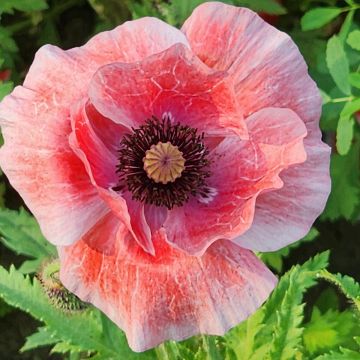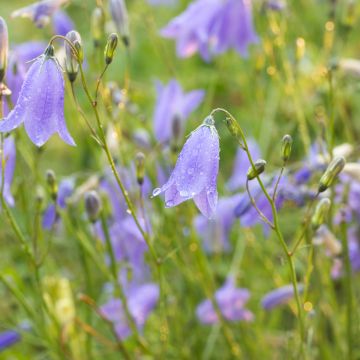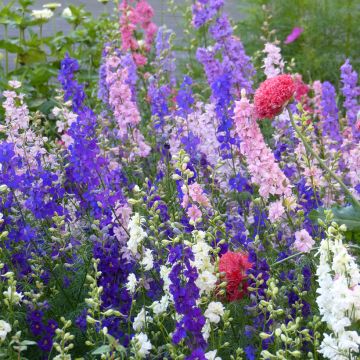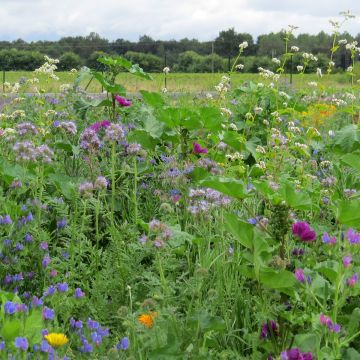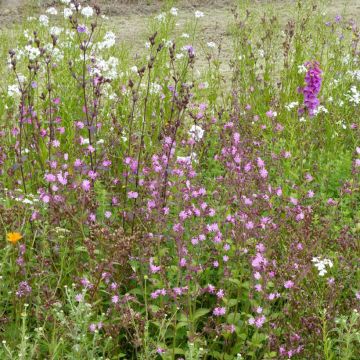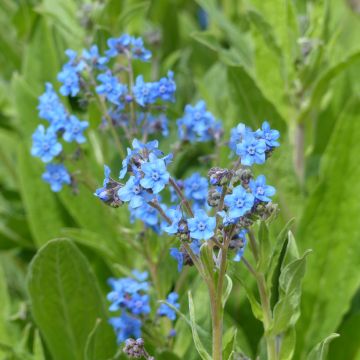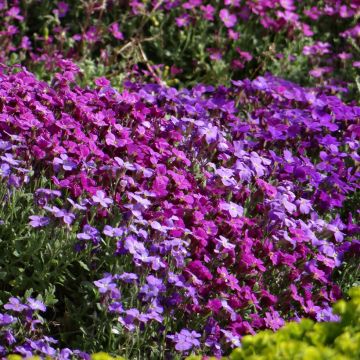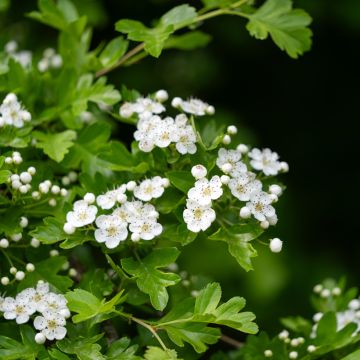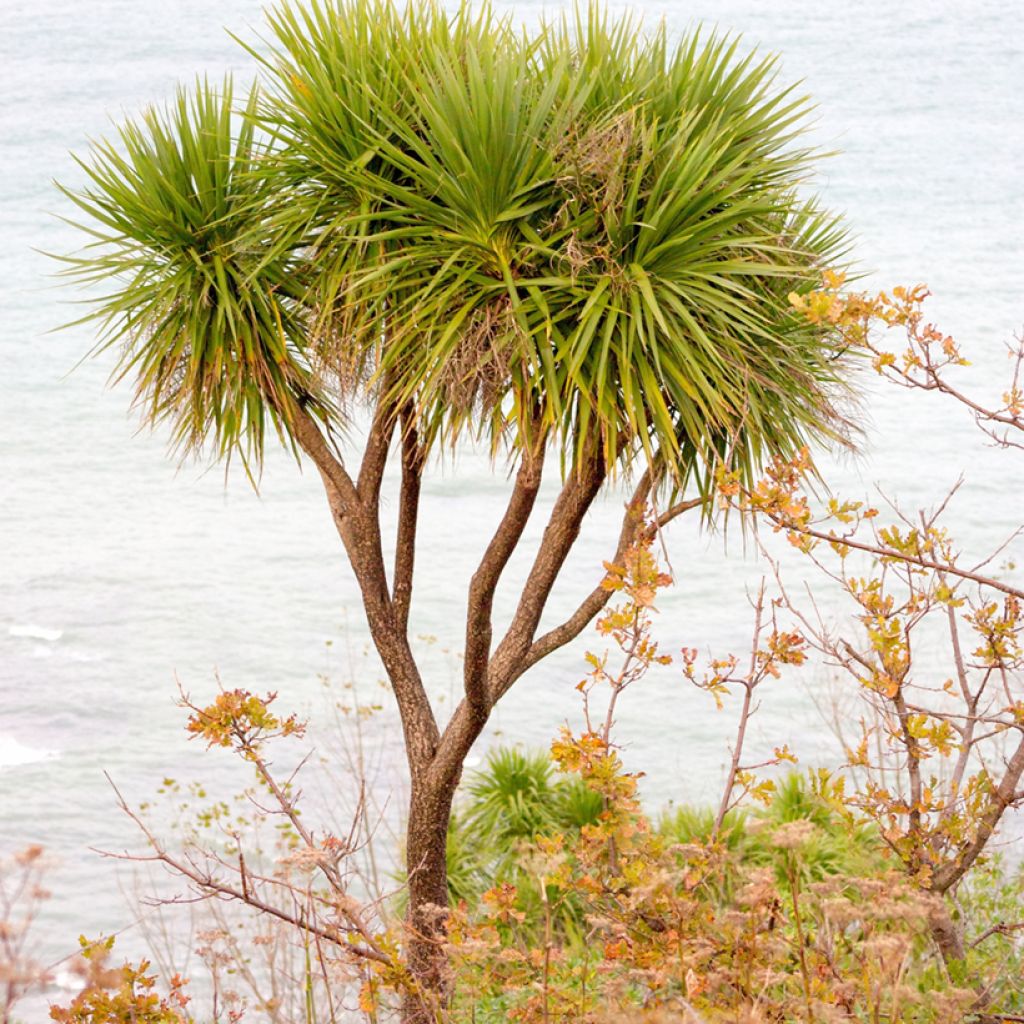

Cordyline australis seeds - Cabbage palm
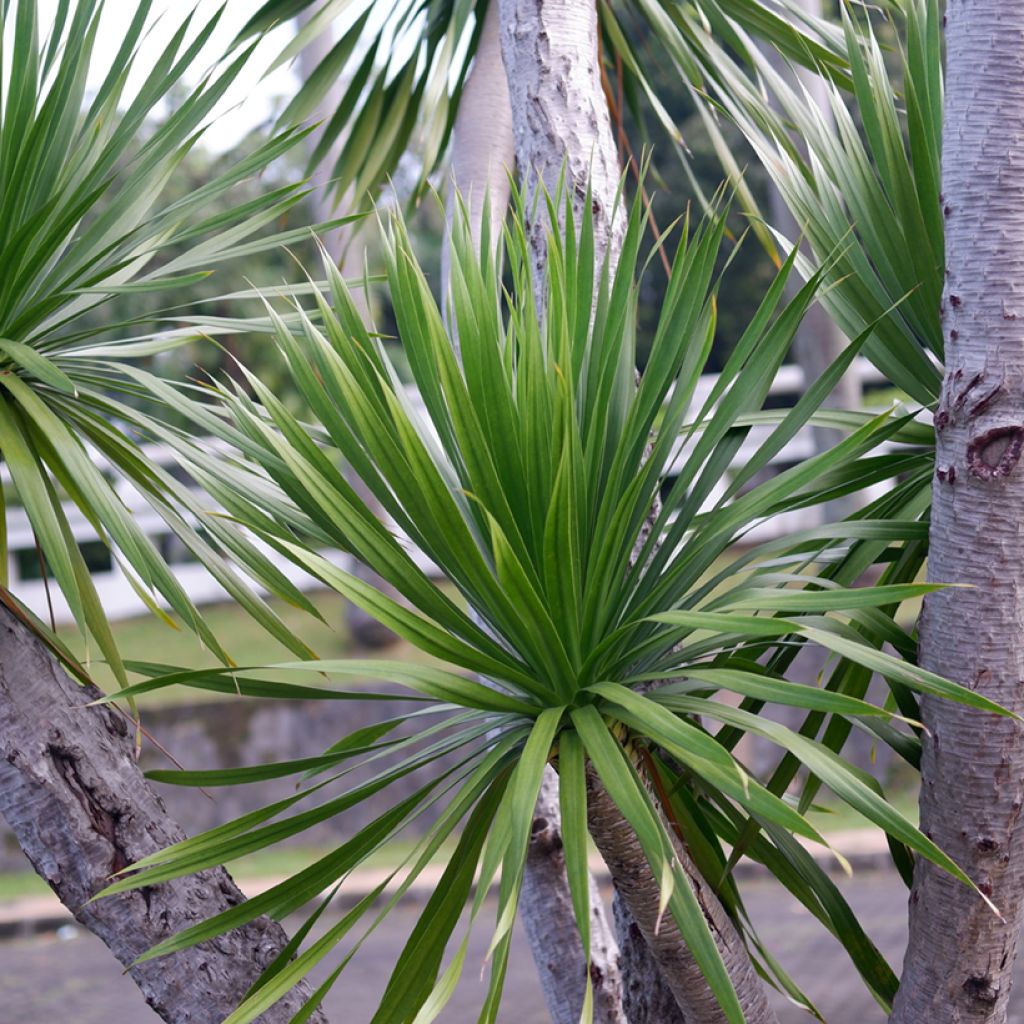

Cordyline australis seeds - Cabbage palm
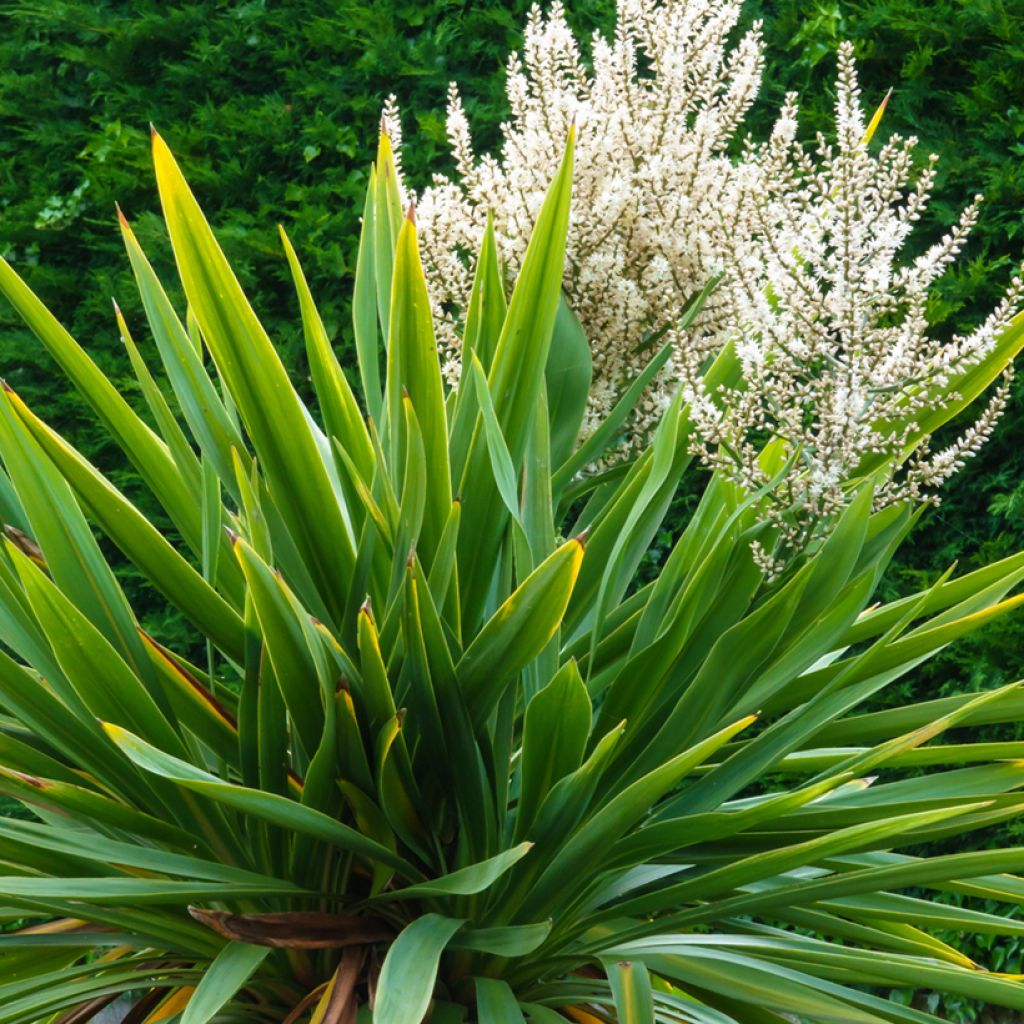

Cordyline australis seeds - Cabbage palm
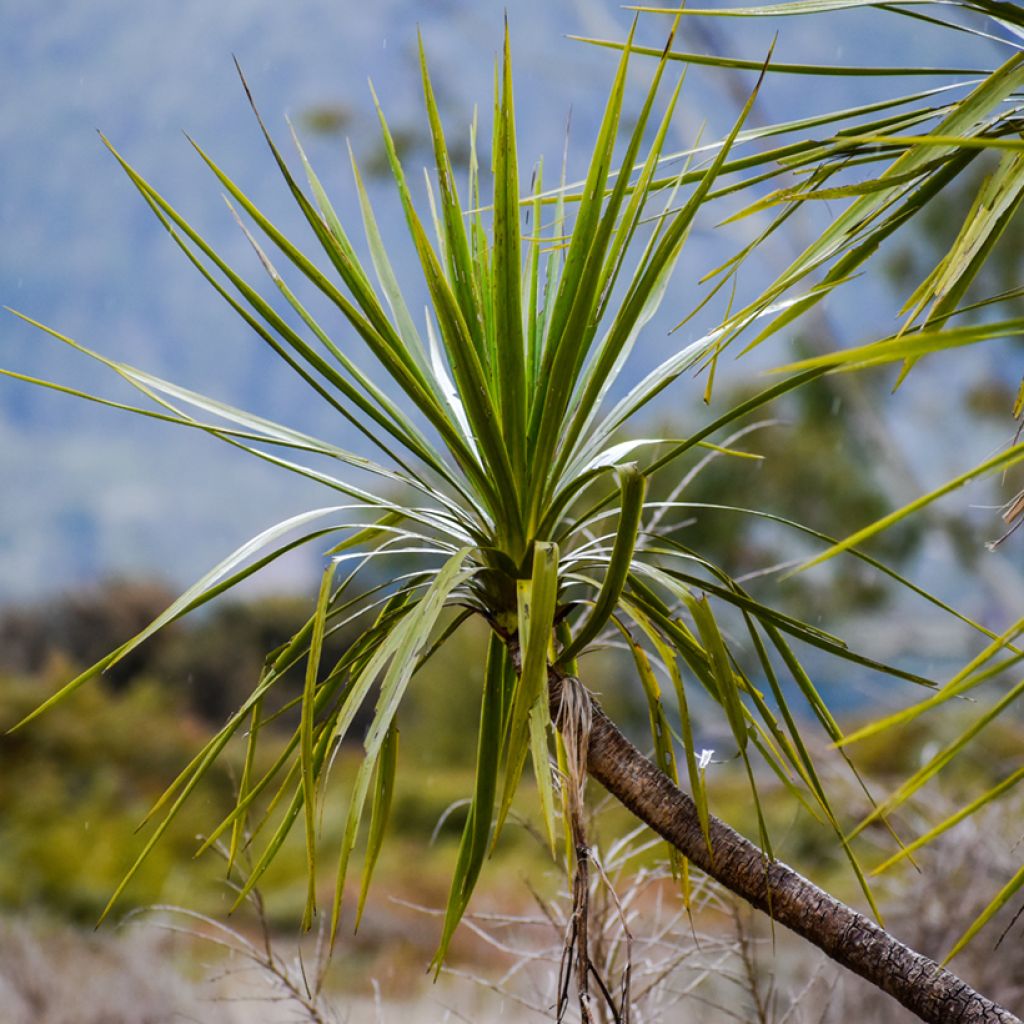

Cordyline australis seeds - Cabbage palm
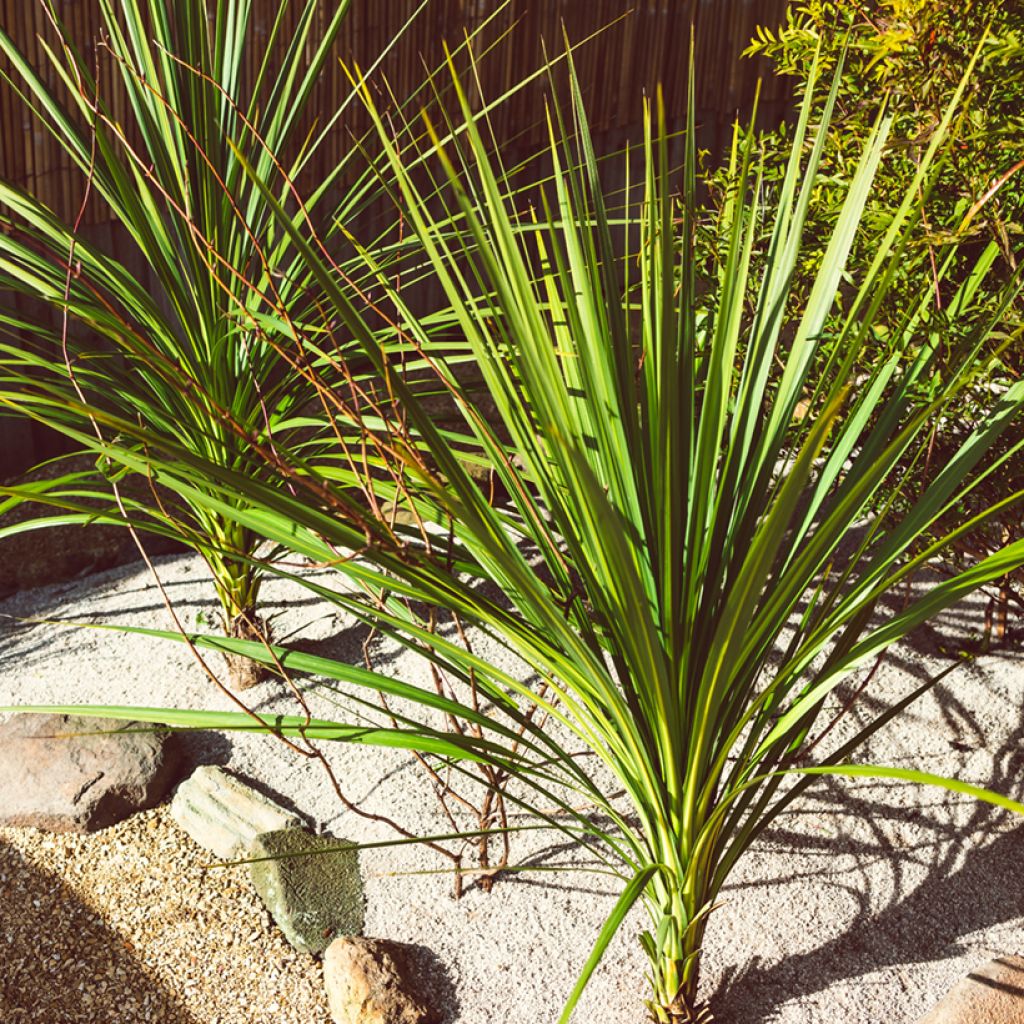

Cordyline australis seeds - Cabbage palm
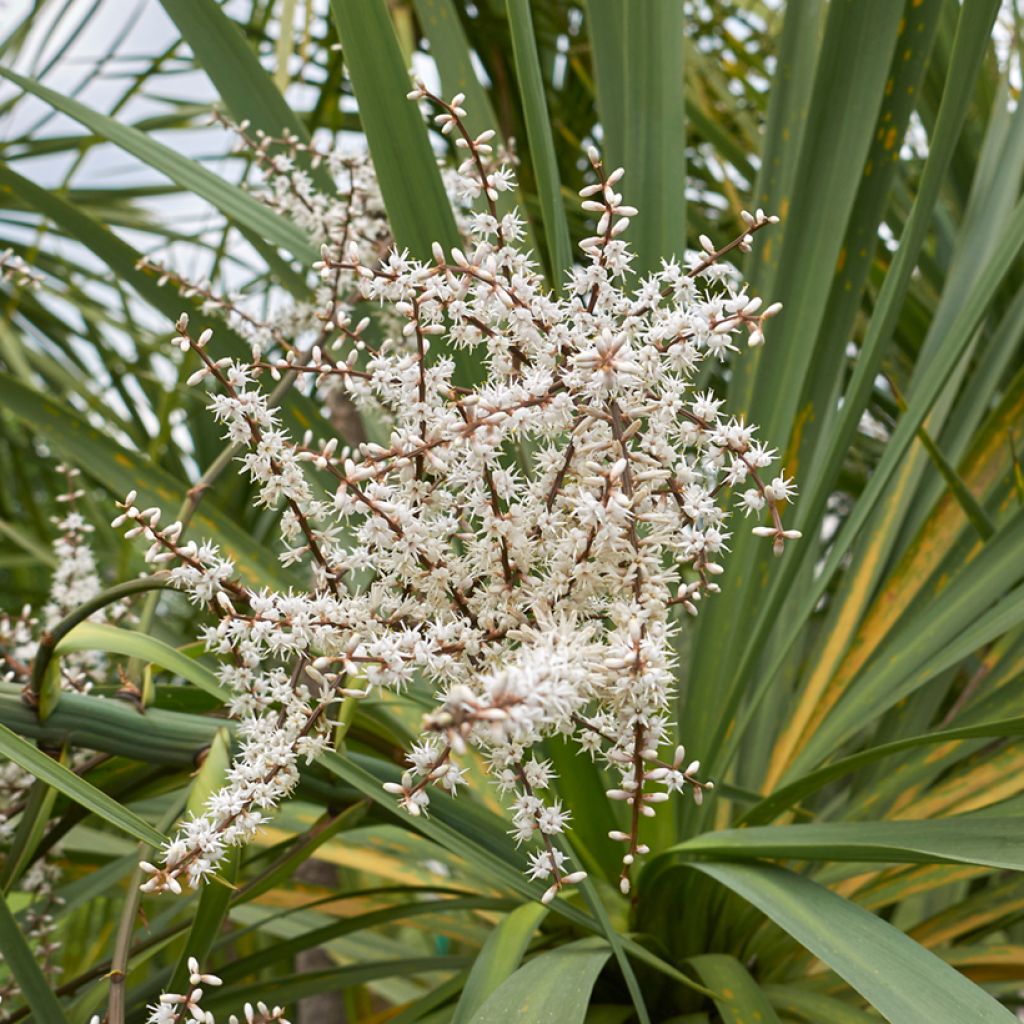

Cordyline australis seeds - Cabbage palm
Cordyline australis seeds - Cabbage palm
Cordyline australis
Cordyline australe, Cordyline faux dracène
Home or relay delivery (depending on size and destination)
Schedule delivery date,
and select date in basket
This plant carries a 6 months recovery warranty
More information
We guarantee the quality of our plants for a full growing cycle, and will replace at our expense any plant that fails to recover under normal climatic and planting conditions.
Does this plant fit my garden?
Set up your Plantfit profile →
Description
Cordyline australis (green) seeds grow into an exotic plant, also known as Dracaena australis. Resembling a small palm tree, it features long and slender evergreen foliage, forming a dense clump that evolves with age. In summer, mature specimens produce a spectacular flowering in the form of large, fragrant, cream-white panicles that are nectar-rich. Ideal for mild and coastal climates, this plant can also be grown in pots to be overwintered indoors in colder regions. Growing from seed offers an affordable way to introduce an exotic atmosphere into the garden or conservatory.
Native to New Zealand, Cordyline australis belongs to the asparagus family. In the wild, this tree-like perennial can reach up to 20 metres in height, but in our latitudes, it remains more modest in size, typically between 5 and 6 metres when planted in the ground, with a spread of 2 metres, and around 2.50 metres in height when grown in pots. When potted, it is unlikely to flower. During its early years, it adopts a rosette habit before developing a sturdy trunk that branches after each flowering. Its vibrant green, evergreen foliage consists of long, arching leaves measuring between 40 and 90 cm, with a broader base on mature leaves. The flowering from June to August on well-established specimens produces abundant paniculate inflorescences. The fragrant white, nectar-rich flowers attract pollinators and are followed by small white berries, loved by birds.
Particularly resistant to wind and salt spray, Cordyline australis is an excellent choice for coastal gardens or regions with oceanic and Mediterranean climates. It tolerates brief frosts down to -5/-7°C, but winter protection is recommended in colder areas. It is easily grown in pots, in a light, well-draining substrate, and requires moderate watering during dry periods. Regular feeding promotes its development. With its architectural silhouette, this plant fits perfectly into an exotic garden, as a standalone feature, in groups, within a flower bed, or in rows. To enhance the tropical atmosphere, it can be paired with banana trees, cannas, Grevillea, bamboos, or miscanthus. Its striking foliage and slender habit create an interesting contrast with plants featuring more rounded forms or vibrant blooms.
Report an error about the product description
Cordyline australis seeds - Cabbage palm in pictures




Flowering
Foliage
Plant habit
Botanical data
Cordyline
australis
Asparagaceae
Cordyline australe, Cordyline faux dracène
Dracaena australis
Oceania
Other Exotic plant seeds
View all →Planting and care
To sow Cordyline australis seeds, start by soaking the seeds in lukewarm water for 24 hours to encourage germination. Then, plant them in a light, well-draining compost mixed with sand to improve aeration. Sow at a depth of around 2 cm and maintain a stable temperature between 20 and 25°C. The seeds may take several weeks to germinate. Keep the substrate slightly moist, without excess water to avoid rotting.
Cultivation:
In the ground, choose a location in full sun and well-drained, ideally sandy soil. Cordyline australis thrives in moist, well-drained soils. Once planted, water regularly in the first year, then only during prolonged dry spells thereafter. It is advisable to add a gravel mulch around the base to improve drainage and prevent waterlogging. In colder climates, winter protection (mulching or fleece) may be necessary.
In pots, use a wide, deep, and heavy container (with drainage holes at the bottom) to stabilise the plant. A well-draining substrate, composed of compost mixed with coarse sand or gravel, is recommended. Place the pot in a very bright spot, ideally in full sun. Water by allowing the substrate to dry out between waterings, and reduce watering in winter. You can feed once a month during the growth season with a balanced fertiliser, but this is not obligatory.
Sowing period
Intended location
Planting & care advice
This item has not been reviewed yet - be the first to leave a review about it.
Similar products
Haven't found what you were looking for?
Hardiness is the lowest winter temperature a plant can endure without suffering serious damage or even dying. However, hardiness is affected by location (a sheltered area, such as a patio), protection (winter cover) and soil type (hardiness is improved by well-drained soil).

Photo Sharing Terms & Conditions
In order to encourage gardeners to interact and share their experiences, Promesse de fleurs offers various media enabling content to be uploaded onto its Site - in particular via the ‘Photo sharing’ module.
The User agrees to refrain from:
- Posting any content that is illegal, prejudicial, insulting, racist, inciteful to hatred, revisionist, contrary to public decency, that infringes on privacy or on the privacy rights of third parties, in particular the publicity rights of persons and goods, intellectual property rights, or the right to privacy.
- Submitting content on behalf of a third party;
- Impersonate the identity of a third party and/or publish any personal information about a third party;
In general, the User undertakes to refrain from any unethical behaviour.
All Content (in particular text, comments, files, images, photos, videos, creative works, etc.), which may be subject to property or intellectual property rights, image or other private rights, shall remain the property of the User, subject to the limited rights granted by the terms of the licence granted by Promesse de fleurs as stated below. Users are at liberty to publish or not to publish such Content on the Site, notably via the ‘Photo Sharing’ facility, and accept that this Content shall be made public and freely accessible, notably on the Internet.
Users further acknowledge, undertake to have ,and guarantee that they hold all necessary rights and permissions to publish such material on the Site, in particular with regard to the legislation in force pertaining to any privacy, property, intellectual property, image, or contractual rights, or rights of any other nature. By publishing such Content on the Site, Users acknowledge accepting full liability as publishers of the Content within the meaning of the law, and grant Promesse de fleurs, free of charge, an inclusive, worldwide licence for the said Content for the entire duration of its publication, including all reproduction, representation, up/downloading, displaying, performing, transmission, and storage rights.
Users also grant permission for their name to be linked to the Content and accept that this link may not always be made available.
By engaging in posting material, Users consent to their Content becoming automatically accessible on the Internet, in particular on other sites and/or blogs and/or web pages of the Promesse de fleurs site, including in particular social pages and the Promesse de fleurs catalogue.
Users may secure the removal of entrusted content free of charge by issuing a simple request via our contact form.
The flowering period indicated on our website applies to countries and regions located in USDA zone 8 (France, the United Kingdom, Ireland, the Netherlands, etc.)
It will vary according to where you live:
- In zones 9 to 10 (Italy, Spain, Greece, etc.), flowering will occur about 2 to 4 weeks earlier.
- In zones 6 to 7 (Germany, Poland, Slovenia, and lower mountainous regions), flowering will be delayed by 2 to 3 weeks.
- In zone 5 (Central Europe, Scandinavia), blooming will be delayed by 3 to 5 weeks.
In temperate climates, pruning of spring-flowering shrubs (forsythia, spireas, etc.) should be done just after flowering.
Pruning of summer-flowering shrubs (Indian Lilac, Perovskia, etc.) can be done in winter or spring.
In cold regions as well as with frost-sensitive plants, avoid pruning too early when severe frosts may still occur.
The planting period indicated on our website applies to countries and regions located in USDA zone 8 (France, United Kingdom, Ireland, Netherlands).
It will vary according to where you live:
- In Mediterranean zones (Marseille, Madrid, Milan, etc.), autumn and winter are the best planting periods.
- In continental zones (Strasbourg, Munich, Vienna, etc.), delay planting by 2 to 3 weeks in spring and bring it forward by 2 to 4 weeks in autumn.
- In mountainous regions (the Alps, Pyrenees, Carpathians, etc.), it is best to plant in late spring (May-June) or late summer (August-September).
The harvesting period indicated on our website applies to countries and regions in USDA zone 8 (France, England, Ireland, the Netherlands).
In colder areas (Scandinavia, Poland, Austria...) fruit and vegetable harvests are likely to be delayed by 3-4 weeks.
In warmer areas (Italy, Spain, Greece, etc.), harvesting will probably take place earlier, depending on weather conditions.
The sowing periods indicated on our website apply to countries and regions within USDA Zone 8 (France, UK, Ireland, Netherlands).
In colder areas (Scandinavia, Poland, Austria...), delay any outdoor sowing by 3-4 weeks, or sow under glass.
In warmer climes (Italy, Spain, Greece, etc.), bring outdoor sowing forward by a few weeks.


































